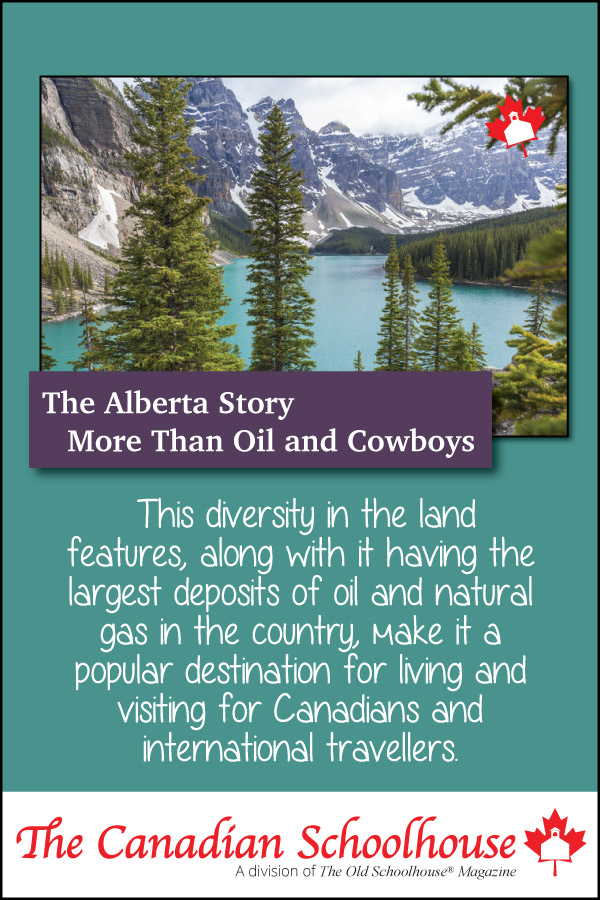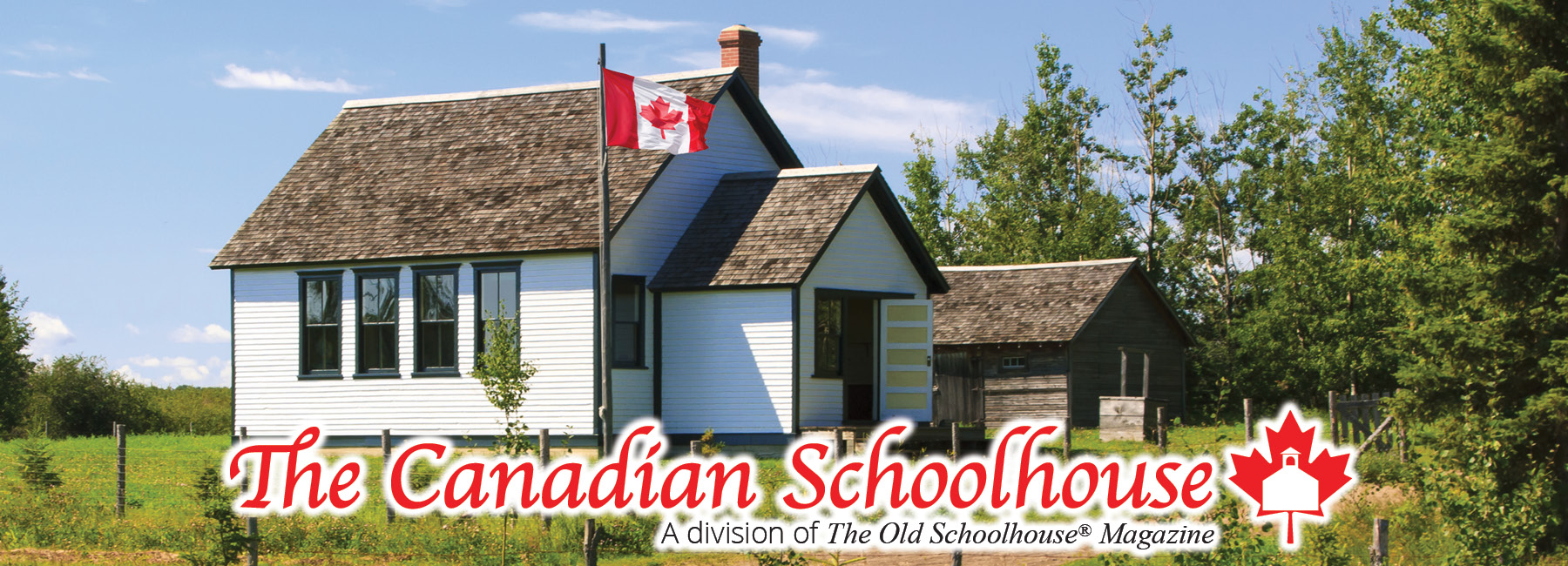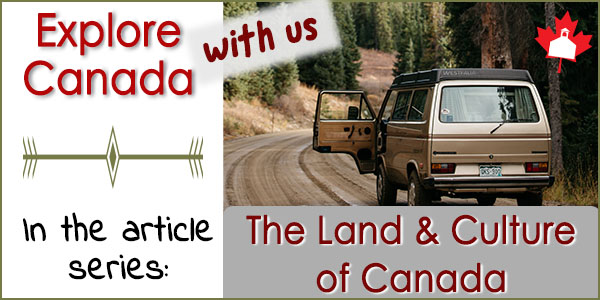
Alberta became a province of Canada on September 1, 1905, after a rather quick increase in population through immigration. The land of Alberta is diverse in its qualities and is divided into three natural regions (physiographic regions): Cordillera (Western Mountain Region) is a small section in the southwest of the province, Interior Plains is the majority of the land, and the Canadian Shield takes up a northeastern slice at the border of Saskatchewan. This diversity in the land features, along with it having the largest deposits of oil and natural gas in the country, make it a popular destination for living and visiting for Canadians and international travellers.
History Tales and Attraction
Alberta’s first European settlers were the British who claimed the area as part of Rupert’s Land, named after Prince Rupert, the first governor of the Hudson’s Bay Company. In 1870, just three years after Canada’s Confederation, Rupert’s Land was purchased to significantly add to the size of the country. From 1670 to 1870, it was the exclusive commercial domain of the Hudson’s Bay Company (HBC) and the primary trapping grounds of the fur trade. After the Rupert’s Land purchase, Alberta became a district of Canada’s Northwest Territories until receiving provincial status in 1905.
Major oil discoveries started in 1914 in Turner Valley, slightly south of Calgary. Then more oil sources were found in 1948 in Leduc (south of Edmonton) and in 1956 in the Pembina field (west of Calgary). The Alberta oil industry later expanded to Grande Prairie and, most recently, the Athabasca River containing the world’s richest oil deposits south of Saudi Arabia. Natural gas reserves have also been discovered near Medicine Hat and Pincher Creek.
What’s under the ground is a major industry in Alberta, but the land holds many valuable assets for farming, tourist attractions and historical significance.
Notable People and Places
Home to five UNESCO World Heritage Sites, the land of Alberta offers impressive sights and memorable experiences for families and adventure seekers. You’ll find distinctive landscapes like golden prairies, snowy mountain peaks, and wind-shaped rock formations that boast God’s beautiful work on this Earth. Read about five widely-known destinations below and go to Atlas Obscura for an in-depth look at all the popular and lesser known places in Alberta to learn more about the land and culture.
- Banff National Park contains spectacularly coloured blue lakes that saturate the Rockies. Established in 1885, this is the oldest national park in Canada and is made up of mountainous terrain, many glaciers and ice fields, dense coniferous forest, and alpine landscapes. Two of the most beautiful bodies of water are Moraine Lake, a glacier-fed lake located in the Valley of the Ten Peaks, and Lake Louise, a turquoise-blue lake that sits in front of a range of mountains and the Victoria Glacier.
- Jasper National Park is adjacent to Banff National Park, covering an area over 11,000 square kilometers. It’s home to fossils, waterfalls, animals, and leafy plant life, and you’ll be enamoured by the various lakes, mountains, glaciers, and forests.
- Wood Buffalo National Park lies at the border of Alberta and Northwest Territories. Covering just under 45,000 square kilometers, this is the largest park in Canada and one of the largest in the world. The expansive boreal forest and undisturbed meadows are home to one of the last remaining free-roaming wood bison herds in the world, and it is also known for its whooping crane breeding grounds, black bears, moose, foxes, and the world’s largest beaver dam.
- The Calgary Stampede was first held in September 1912 and has grown into a ten day event held in early July. This festival shows the proud cowboy roots of the area and draws in participants and fans from all across North America. You’ll enjoy rodeo attractions, cultural exhibits, country music, midway rides, shopping, and a range of other outdoor shows and spectacles at the biggest and most famous of the province’s many festivals
- The West Edmonton Mall is more than just shopping. In fact, you don’t even have to have shopping on your mind to consider a visit to this indoor amusement park. At over 5.3 million square feet, this is the biggest shopping mall in North America and contains the World Waterpark, the Mayfield Toyota Ice Palace ice rink, mini golf, an aquarium with live shows, a bowling alley, movie theaters, and over 800 shops and 100 eating establishments.

Random Facts About Alberta
- Alberta was named after Princess Louise Caroline Alberta, fourth daughter of Queen Victoria.
- Alberta’s official flower is the Wild Rose.
- After 1870, settlement in southern Alberta began based on a ranching economy.
- 1914 held a few notable events: the purest oil discovery in Canada at Turner Valley; the mining disaster at Crowsnest Pass that killed 189 people; Alberta women led the Canadian fight for the right of women to vote.
- Dinosaur Provincial Park was founded in 1955 where the world’s richest site of dinosaur bones was found along the Red Deer River badlands near Brooks, Alberta.
Whether you want to plan for a visit or gain knowledge about the land and culture of Canada, the information and resources in this article will give you much to talk about with your kids. Here are a few other learning sites to help you and your family learn more about Alberta:
This article has been written by homeschooling staff writers of The Canadian Schoolhouse (TCS). Enjoy more of our content from TCS contributors and staff writers by visiting our Front Door page that has content on our monthly theme and links to all our content sections.






















